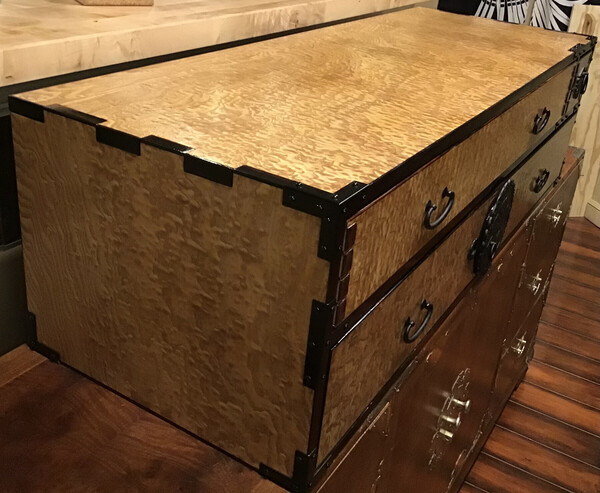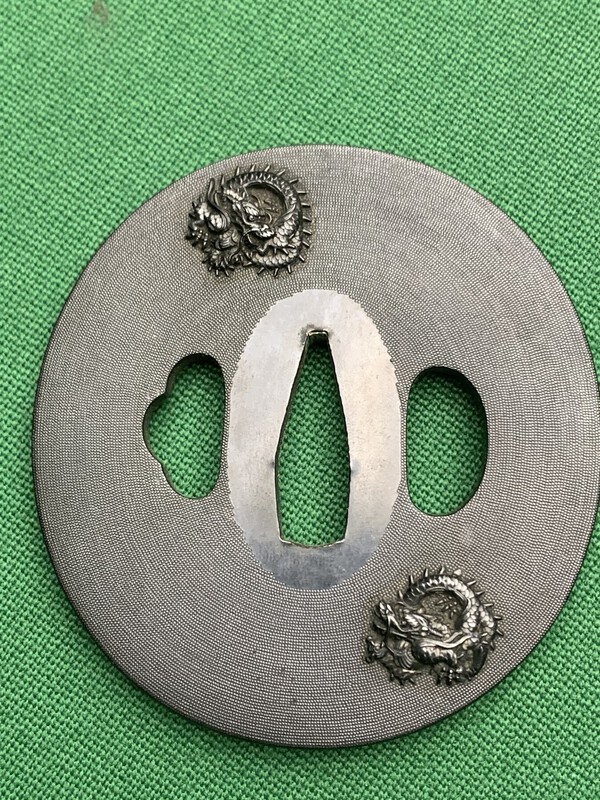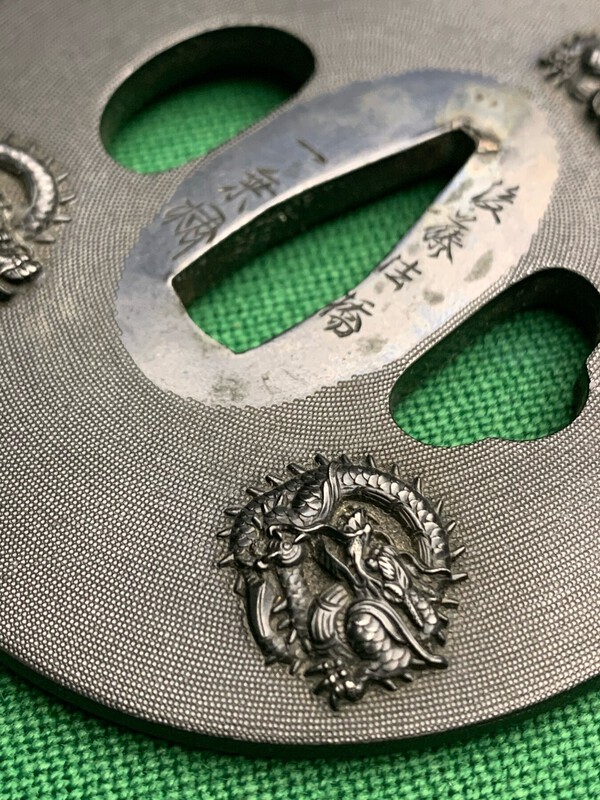
RichardP
Gold Tier-
Posts
237 -
Joined
-
Last visited
-
Days Won
2
Content Type
Profiles
Forums
Events
Store
Downloads
Gallery
Everything posted by RichardP
-
- 33 replies
-
- 17
-

-

-

-
-
the guy is back at it again messing up a nihonto
RichardP replied to micah's topic in General Nihonto Related Discussion
-
Must be one of the rooms here: https://www.tsubahotel.com/en/
-
Hello Adam! You might consider addressing the various points of entry into this field—you’ve got militaria enthusiasts whose natural interest in gunto seduced them into nihonto proper. Then there are the martial artists, who may have been swinging iaito before they ever heard of hada, but have gone on to pursue the roots of their art in nihonto. There are the artistic connoisseurs, who bring a strong aesthetic perspective that really gets at the heart of nihonto. These categories will overlap of course, but by presenting and discussing them, a prospective buyer can do some necessary introspection and really start to drill down on WHY they are considering buying a nihonto. (For example, someone whose interest in gunto is limited to its connection with WWII may be perfectly happy with a non-traditionally made blade, if that blade comes with wartime provenance.) Each category will also present different issues regarding our obligations to be good stewards for these objects. Does the buyer insist on accompanying koshirae? Why? That’s a major fork in the road right there. If buyer wants koshirae so that the nihonto can be used for martial arts practice, does buyer understand the potential for damaging the nihonto in the process? Does buyer realize that the cost of having modern koshirae made is not going to be recouped if the buyer ever wants to re-sell, and nihonto with matching, historic koshirae is both big bucks and now a big obligation to care for saya lacquerware? If for the above reasons the buyer sours on the notion of koshirae, does the new notion of nihonto in shirasaya hold as much appeal as the old image of the samurai sword? If not, maybe time to rethink things...
-
optimal conservation
RichardP replied to French nihonto's topic in General Nihonto Related Discussion
If you’re looking to maintain the humidity at 45%-55% for the koshirae—and the volume of your case isn’t too big—you might look at two-way humidity packs. Boveda manufactures packs with higher humidity levels (~70%) for humidors, but they also make ones for violin cases and such with a relative humidity in the range you’re looking for: https://bovedainc.com/wood-instruments-music/ -
optimal conservation
RichardP replied to French nihonto's topic in General Nihonto Related Discussion
This is the best hygrometer I can find for the money: https://www.amazon.com/Cigar-Oasis-Caliber-Digital-Hygrometer/dp/B00JXOKT1O/ref=mp_s_a_1_28?dchild=1&keywords=hygrometer&qid=1611603707&sr=8-28 It’s small, inexpensive, easy to calibrate, and seems to be very accurate. -
Ughh—never thought of that, but of course there would be a financial incentive for unscrupulous dealers to do this. (Always nice to learn even one more way the world can be awful...)
-
Saw the title, saw Brittany Spears in a kabuto...
-
Japanese style reproduction friend won’t accept it!
RichardP replied to Bjj's topic in General Nihonto Related Discussion
-
Wow—the notion that steels from different regions produce swords with their own color hues seems really plausible, looking at the raw material...
-
-
Thanks Piers. (I was imagining the handle unscrewing from the head, which doesn’t make any sense.)
-
These are so beautiful. Piers, could you—or someone—please clue me in as to what makes an internal screw a useful feature on a mekugi nuki?
-
Thanks Mr. Hallam—off it goes to Mr. Benson for submission in the January kodogu shinsa. Will post results!
-
Mr. Weissberg’s site, nihonto.com, shows a kodogu set with very similar dragons: https://www.nihonto.com/11-6-19/
-
3.55” high x 2.95” wide 0.40” at rim 159 gr. I’m just... awestruck. This beauty’s going to shinsa for sure! (I think it was the whisker-holes on the dragons’ muzzles—and the way the nanako bends around the mimi—that finally broke my brain...) While this may be gimei, I keep thinking of Darcy’s article on Ichijo’s unreal ability to work in hyper-miniature. There a few tiny areas of blunt-force damage to the nanako, but the condition otherwise seems fantastic. There is heavy grime visible within the centers of the coiled dragons that I’m not about to mess with. Would love to have you all’s input, and particularly Mr. Ford’s: Is there any reason NOT to immediately pursue shinsa? I was thinking that the expense of any restoration work should be delayed until I get positive shinsa results—or would my odds at shinsa be improved by having it restored first? Thanks guys, off to go breathe into a paper bag...
-
Whoa—thanks all, I’ll post more pics when it arrives...
-
Sorry for the strained necks, guys, images corrected...

















